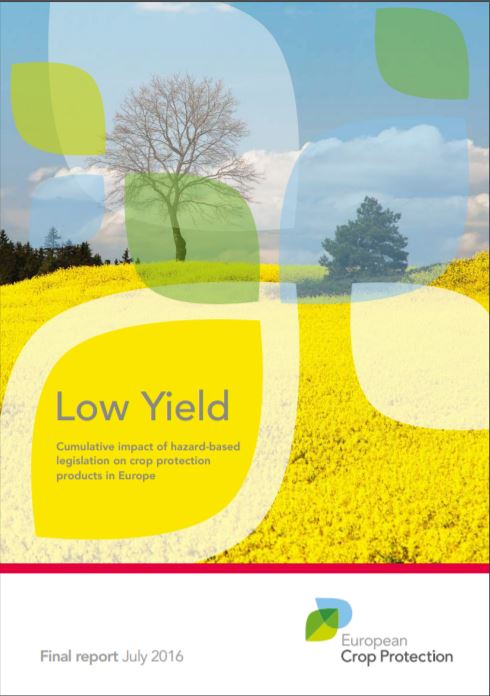Low Yield Report 2016 ECPA
EU farmers use a wide range of cultivation techniques, planting choices and crop rotations to protect their crops, including pesticides. As the EU strives towards greener agriculture, however, the role of pesticides is sometimes not fully understood. Their use is therefore largely debated and increasingly put under pressure . This has also led to a shift from risk to hazard-based legislation adopted by policy-makers.
The EU is one of the world’s largest agricultural producers. Ranging from wheat to tomatoes and citrus fruits, it supplies European consumers and industry, as well as many regions outside the EU. EU legislation therefore not only affects Europeans but also other nations.
In this light, the development of next generation substances gains importance. But the pipeline of new crop protection products is drying up; every year time to market for new products increases and the number of available products has consequently halved over the last 15 years.
In this report, we address the socio-economic effects of hazard-based legislation on farmers and the European food chain. Compared to the best alternative technologies, how does it affect the economic viability of crop production in Europe?
How will it alter the EU’s trade balance and the carbon footprint of crop production? And finally, what are the ripple effects of such changes in the food chain?
Download Bestil